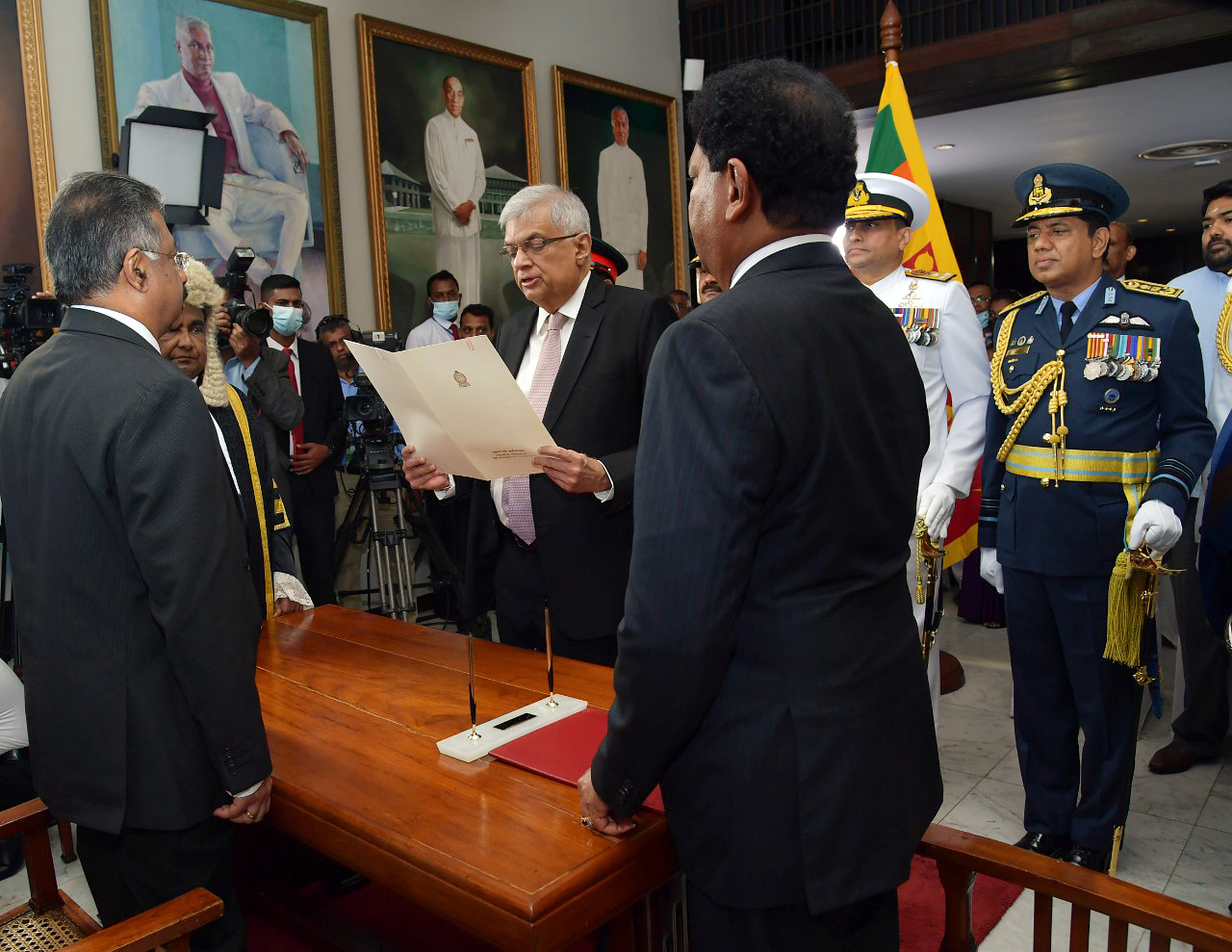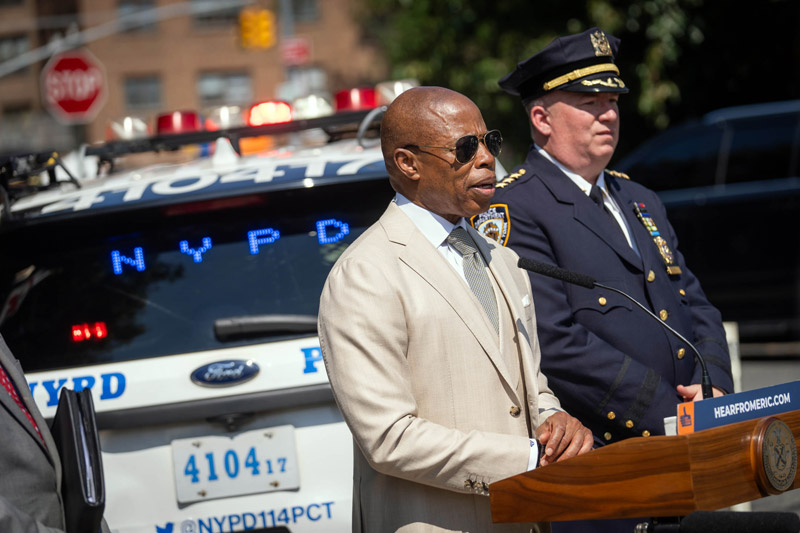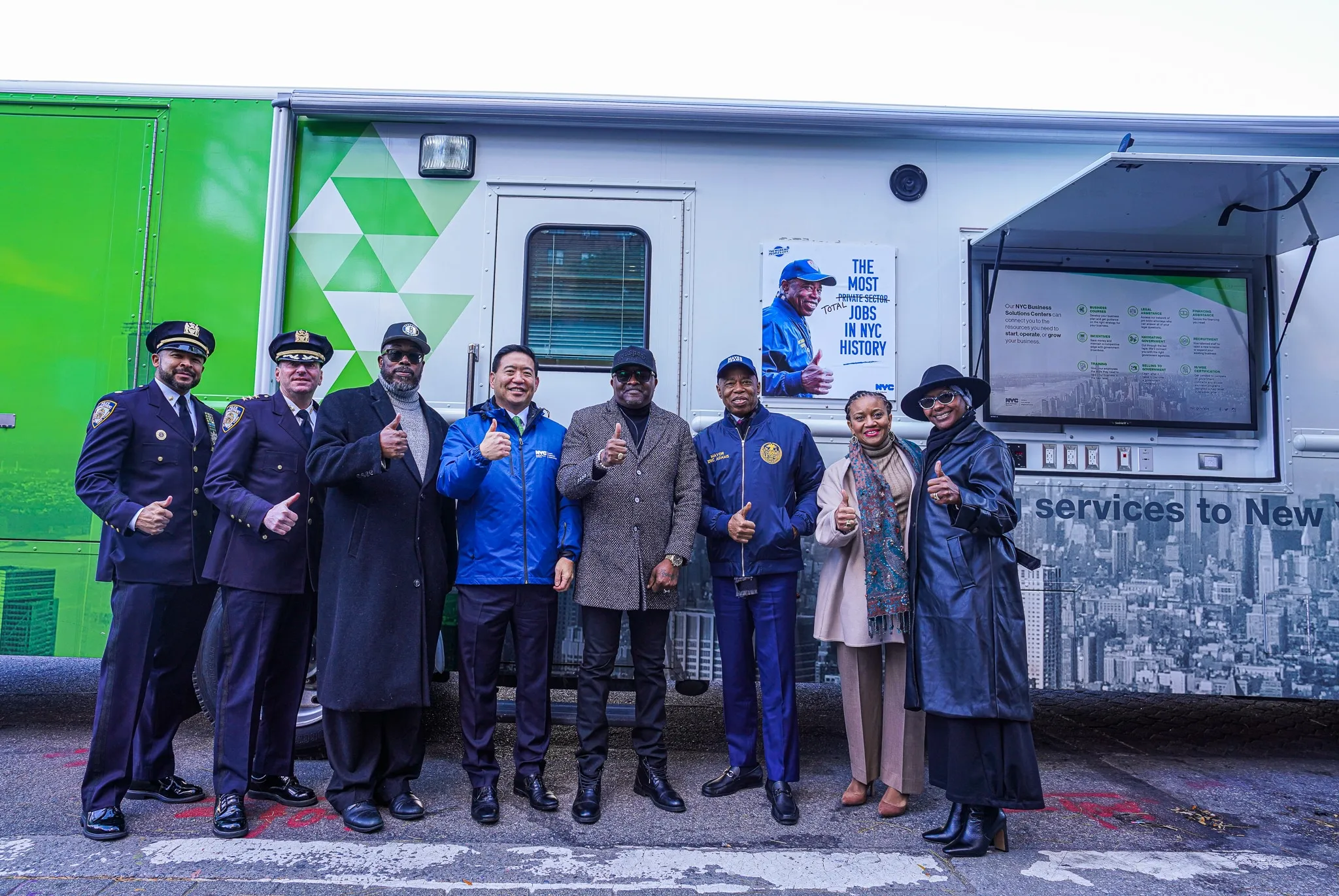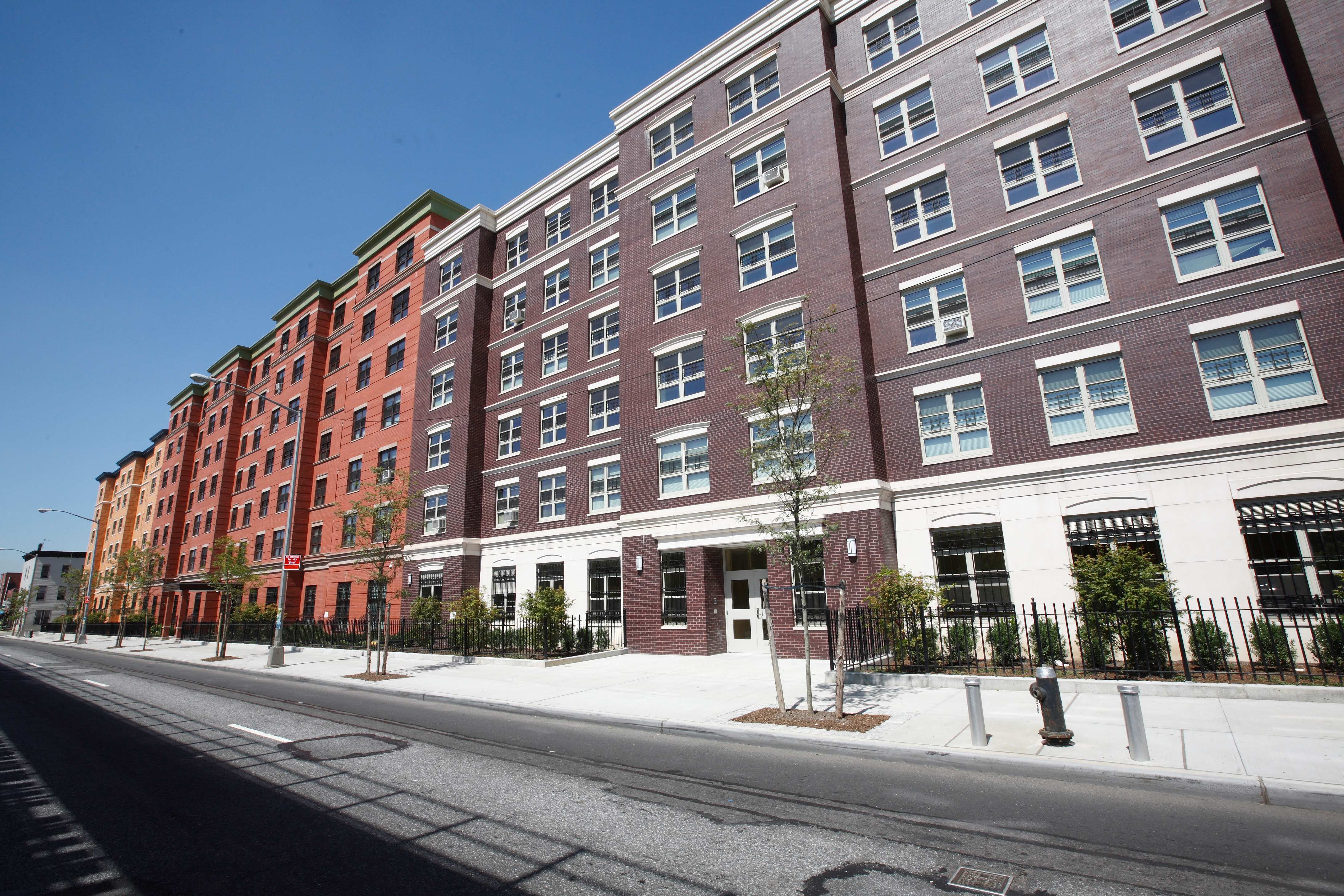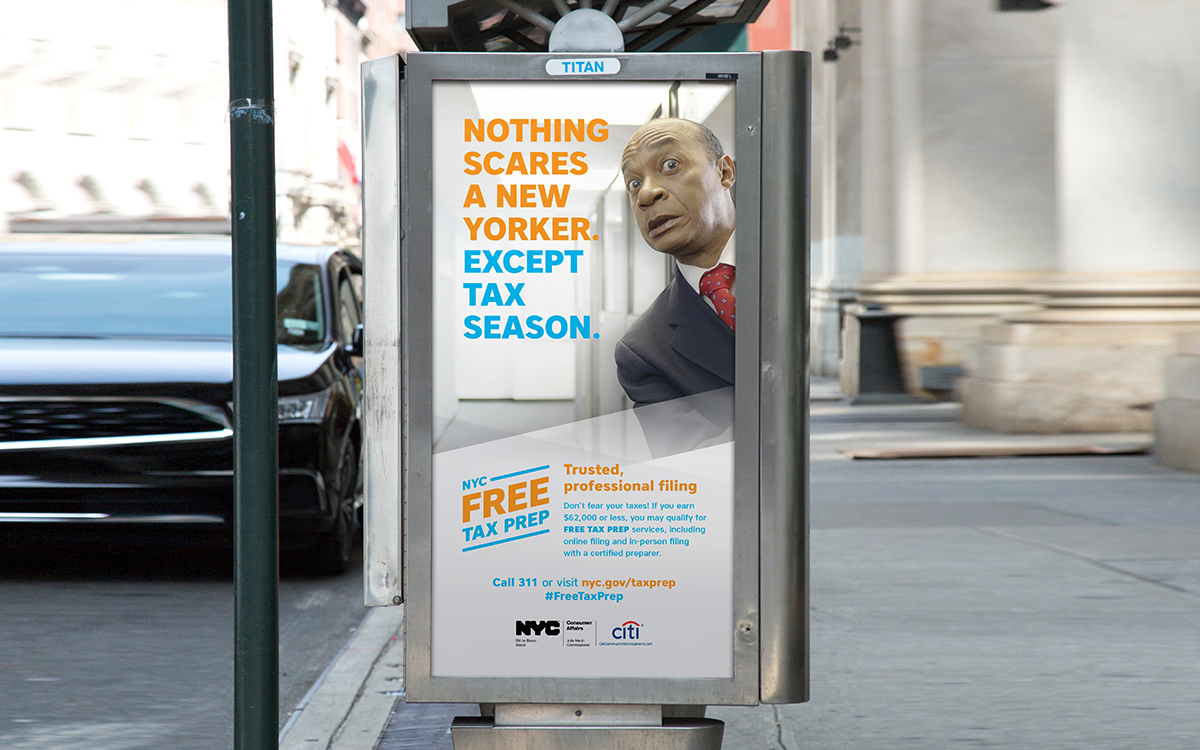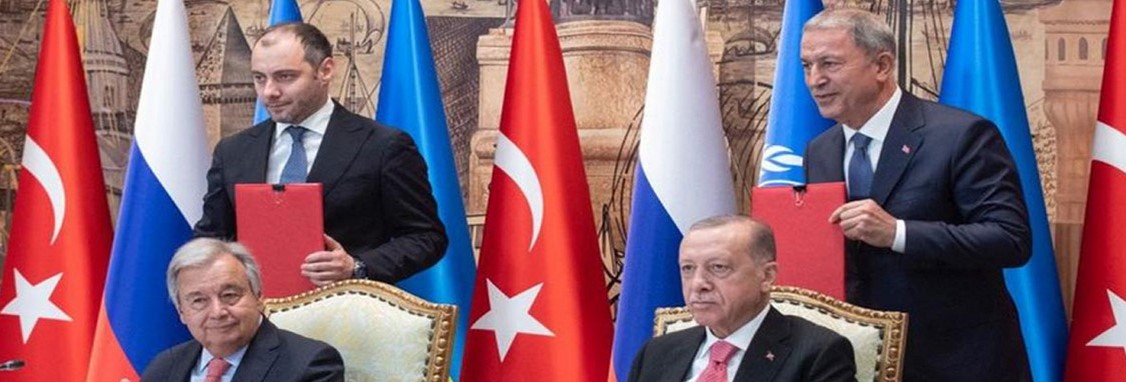Without political stability, there is little hope for economic stability. To meet the immediate economic needs of the people in terms of supply of food, fuel, medicines and deal with the economic crisis, the island requires financial assistance from multilateral institutes as well as bilateral partners
Gulbin Sultana
Sri Lankans who have been chanting ‘Gota Go Home’ for the last three months finally succeeded in making President Gotabaya Rajapaksa resign from the post on 14 July 2022. The decision of Gotabaya, conveyed via email to the Speaker of the Parliament from Singapore, is being seen as a euphoric victory by the protesters who had occupied the residences of both the President and the Prime Minister as well as the President’s secretariat on 9 July. While Gotabaya’s resignation will go down in history as one of the successes of non-violent public protest, it is unlikely that the resignation alone will bring the desired political outcome and the much-needed economic relief to the people—which was the main purpose of the Aragalaya, the peoples’ struggle.
Wrath against the Rajapaksas
Unprecedented economic crisis led to political chaos in the country in the month of April, with common people in large numbers coming onto the streets demanding resignation of President Rajapaksa and his government. They held the government accountable for contributing to the crisis by implementing faulty economic policies and failing to provide effective solutions. In addition, imposition of family rule, nepotism, corruption, discriminatory racial policies and authoritarian style of governance made the Rajapaksa family a subject of public rage. The public anger erupted and took the shape of mass protests when the shortages of food, fuel, medicine and other essential items due to foreign reserves crisis affected the lives of each and every individual in the country.
There was public outcry and dissatisfaction over the appointment of Ranil Wickremesinghe as the PM, as he is not an elected member of the Parliament, with Gotabaya Rajapaksa continuing as the President. The protestors, civil society members, the clergy and professional groups like Bar Association of Sri Lanka (BASL) and opposition parties, continued to demand the president’s resignation. They proposed an all-party interim government for 18 months to provide immediate economic relief to the people and make necessary changes in the constitution to reduce the power of the executive president and eventually abolish the executive Presidency.
The failure of the president to resign on 13 July and the news of appointment of Ranil Wickremesinghe as the acting President created more unrest in Colombo. The protestors occupied the PM’s office and also reached the Parliament where violent clashes broke out between the security personnel and the protestors. Nearly 42 persons were injured during clashes including a soldier and a police constable. Reportedly, anti-government protesters confiscated a T-56 weapon and 2 magazines with 60 rounds of ammunition from an Army soldier during protests near the Parliament.
Other than the resignation of Rajapaksa government and end of Rajapaksa family rule, the demands of the Aragalaya protestors as outlined on 11 July include the following:
–Formation of an interim government for a maximum period of a year which subscribes to the economic, social and political aims and aspirations of the people’s struggle.
–Formation of a ‘People’s Council’ which has legal standing, through which representatives of the Aragalaya will be able to effectively engage and mediate with the interim government.
–Formulation of an urgent short-term course of action within six months to provide relief to the people oppressed by the current economic crisis.
–A new Constitution within a maximum period of 12 months that incorporates the provision endorsing people’s sovereignty to be established through a referendum as quickly as possible
–Until a new constitution that affirms the power of the people is in place, the interim government within six months of its formation would focus on reduction of the executive powers of the President; strengthen democratic institutions and wherever possible, a further democratization of the existing constitution.
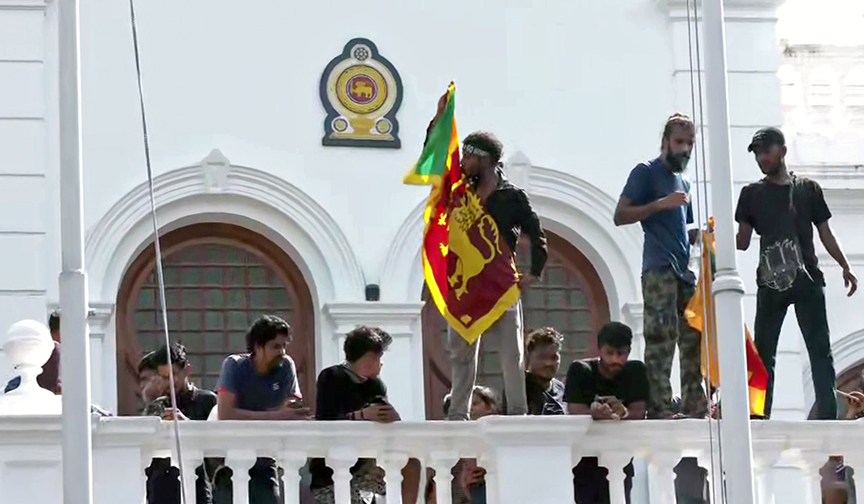
So far, the protestors have achieved their demand for resignation of the president and the end of Rajapaksa family rule. However, they seem to be utterly disappointed by the fact that Gotabaya has now been replaced by Ranil Wickremesinghe, who was rejected by the people in the last election and had entered the Parliament through his party’s national-list seat. Wickremesinghe, who once extended his solidarity with the ‘Gota Go Gama’ protestors and expressed his desire to engage with them, had also empowered the military, as acting President, to use force against those acting in a riotous manner.
Even though all political parties have agreed to form an interim government, it is uncertain whether the parliamentarians will be able to come to a consensus to appoint an interim PM or elect a President and a national unity government/all-party government that is acceptable to the people. This uncertainty looms large as the ruling party still holds the majority in the Parliament and opposition parties are not united even if they had common demand of ousting the Rajapaksa government and bring about changes in the political system.
Since April this year, despite the Aragalaya on the streets, parliamentarians have not felt the urgency to show some political will to address people’s concerns. The parliament in May passed the electricity amendment bill, which ended the bidding process to award contract for energy projects. This is contrary to the demand for introducing transparency to address the corruption and poor governance. The political parties have agreed to curtail the power of executive Presidency. However, three different draft bills for the purpose were put forward in the Parliament as different political parties have different takes on the issue.
Majoritarianism and politics based on ethnicity and racial divide are the key features of Sri Lankan politics that have empowered many of the corrupt leaders. As a result, many parliamentarians would like to maintain the status quo and may not give their consent to any systemic change. The NUG experiment in Sri Lanka during the period 2015–19 utterly failed as political parties simply refused to be united even on matters related to highest level of national security concern. Almost same bunch of leaders are continuing in the parliament. This leaves little room for optimism that things will stabilize soon in the coming days.
Without political stability, there is little hope for economic stability. To meet the immediate economic needs of the people in terms of supply of food, fuel, medicines and deal with the economic crisis, the island requires financial assistance from multilateral institutes as well as bilateral partners. Sri Lankans are relying heavily on finalization of the IMF bailout package. UN, World Food Programme, World Bank and some bilateral partners have committed humanitarian assistance, but assistance from some countries including US and Japan will depend on the successful negotiation of IMF deal. An unsettled and unstable government will not only delay the negotiation process, but also affect the implementation of the IMF conditionalities including the debt restructure negotiation with the creditors, improving the governance system and so on.
In addition to the financial aid and assistance, Sri Lanka needs to implement policies to revive its economy by strengthening various sectors including tourism, remittances, export, agriculture, investment and so on. Political stability and a settled government are the prerequisite to revive the economy.
There is a bleak possibility that the economic, political, and social aspirations of the protestors will be fulfilled anytime soon. Hence ‘Janatha Aragalaya’ is likely to continue for some more time. Though the protestors are determined to continue the struggle through peaceful means, there is a possibility that as the protest continues, a section in the society that believes in anarchy or in adopting violent means to bring required political changes takes over and decides the nature and scope of the Aragalaya. Alternatively, there may be also an attempt to sabotage the people’s peaceful struggle by instigating violence.
The main onus to prevent any such situation lies not only on the perseverance of protestors who truly believe on the strength of the peaceful protest, but also Ranil Wickremesinghe and all the 224 parliamentarians who seem to be trying the patience of the protestors.
Many in the Western media have raised the possibility of military takeover. This is unlikely given that the Sri Lankan military is usually subservient to the political forces (even though there was an incident of failed military coup in 1962). Further, the depth of the ongoing economic crisis may not encourage the military to take over as it is well known that there is no easy solution to the crisis.
To address the question of political legitimacy and to effectively execute and implement plans to deal with the economic crisis and bring to an end to the popular uprising, the prudent option for Sri Lanka is to go for fresh elections. However, the situation right now is not economically conducive to conduct the elections. Elections can ideally take place only after an all-party leadership strikes an agreement with the IMF and other bilateral and multilateral partners, and eases the economic pressure on the people.
Dr Gulbin Sultana is Associate Fellow at the Manohar Parrikar Institute for Defense Studies and Analyses, New Delhi
Views expressed are of the author and do not necessarily reflect the views of the Manohar Parrikar IDSA or of the Government of India.
This is the abridged version of the Introduction of the book which appeared first in the Comment section of the website (www.idsa.in) of Manohar Parrikar Institute for Defense Studies and Analyses, New Delhi on July 21, 2022
















